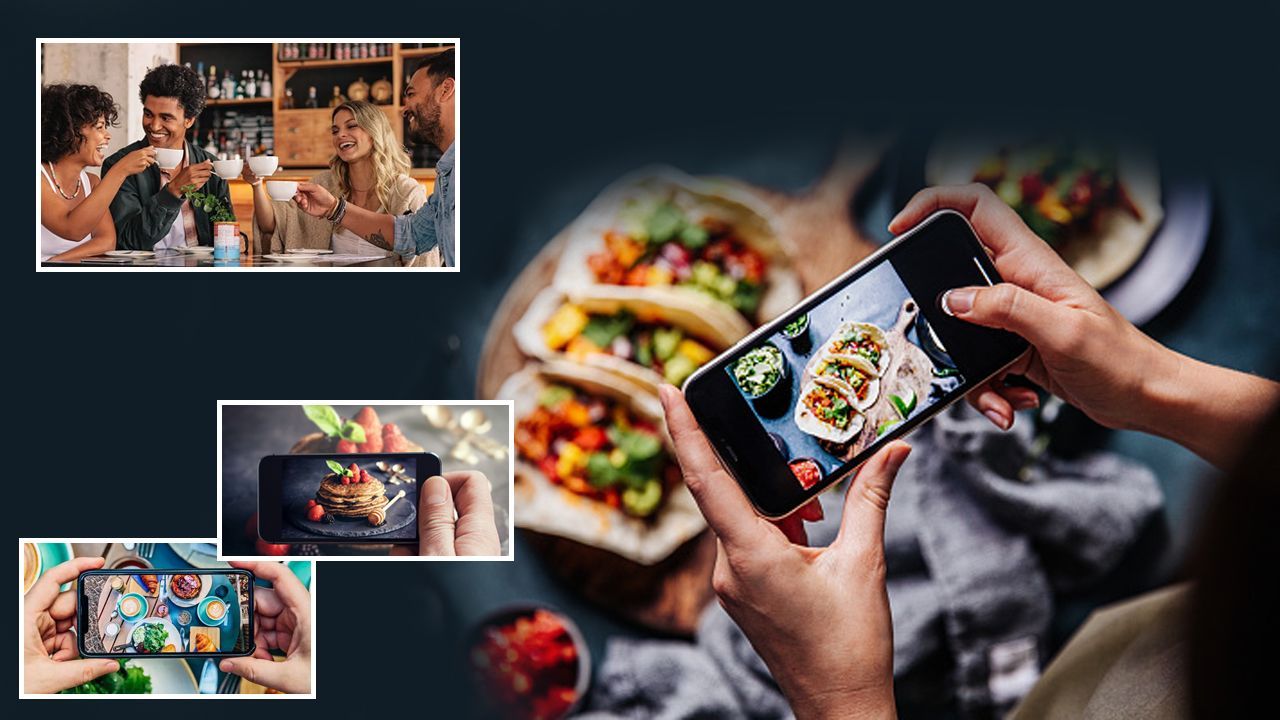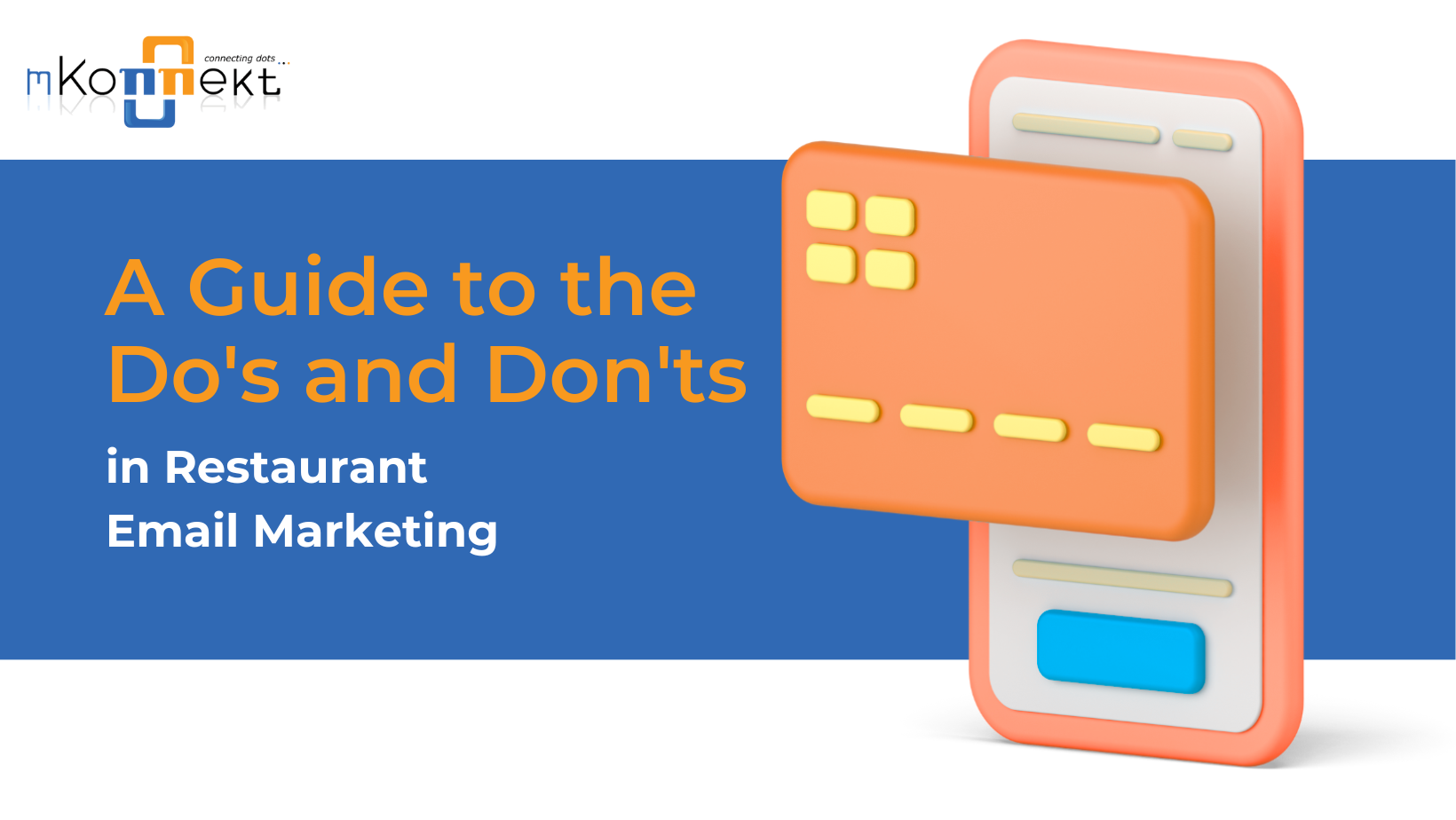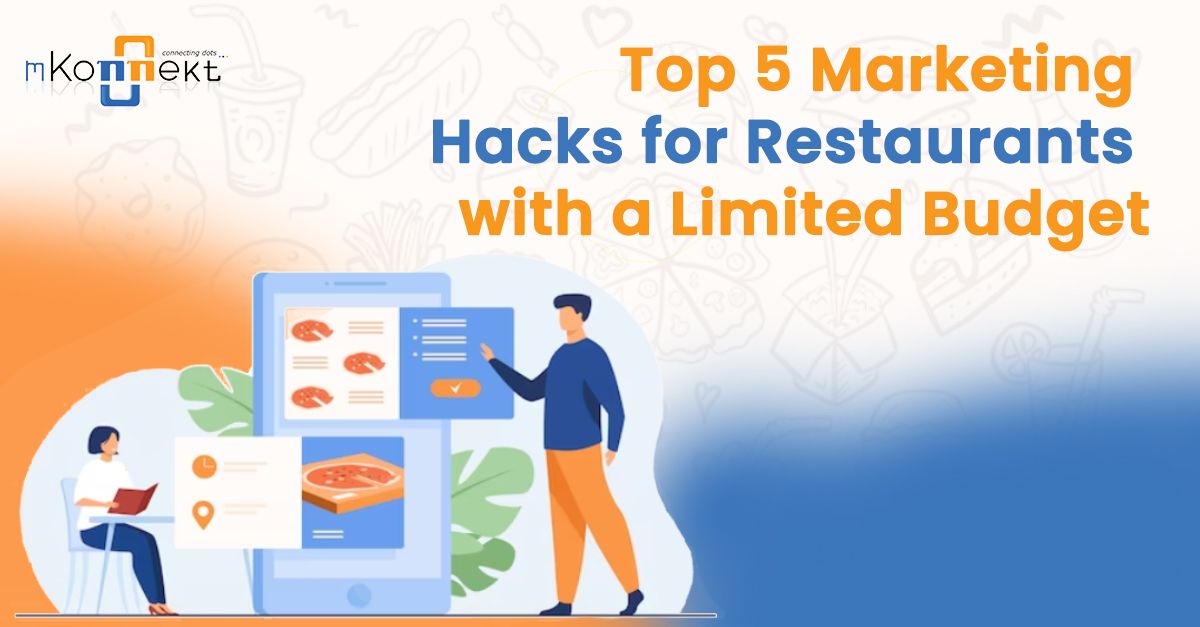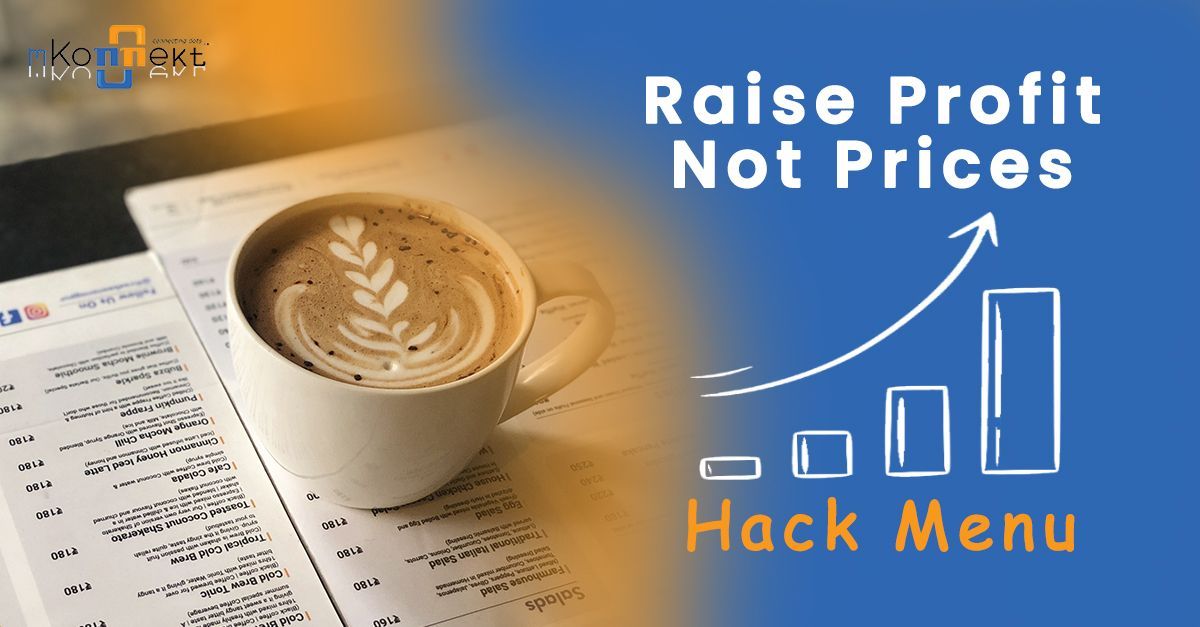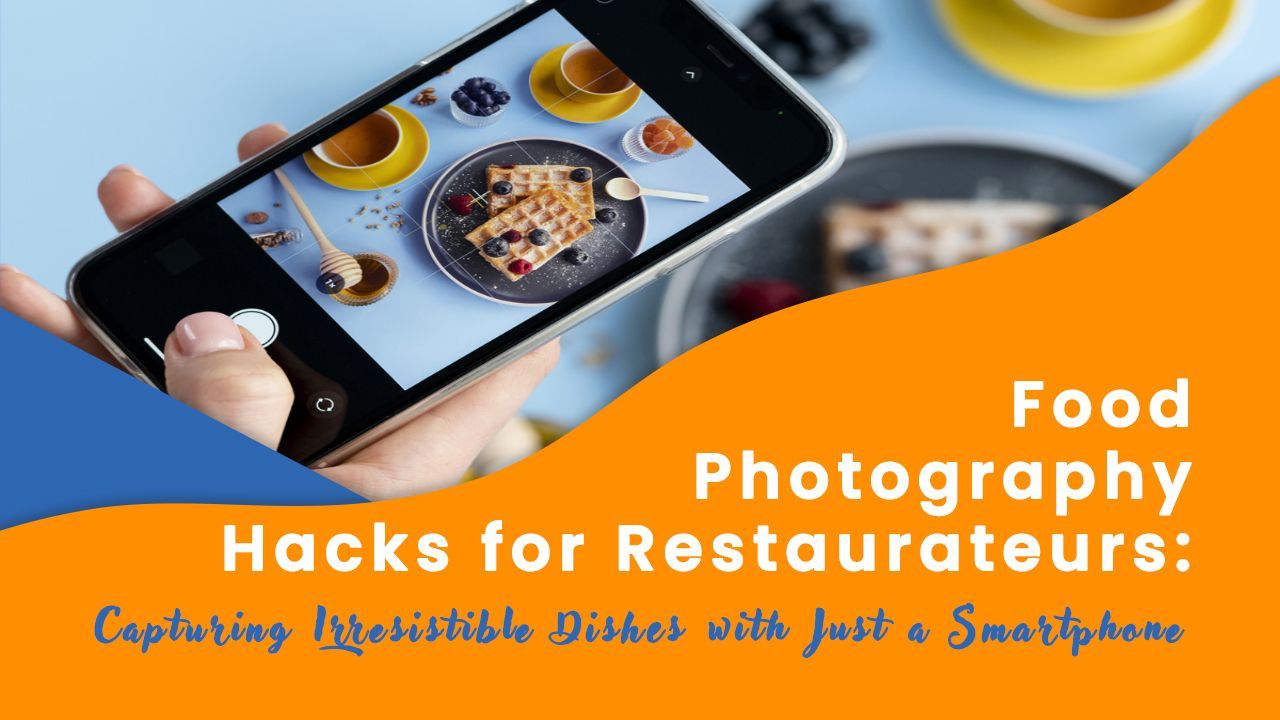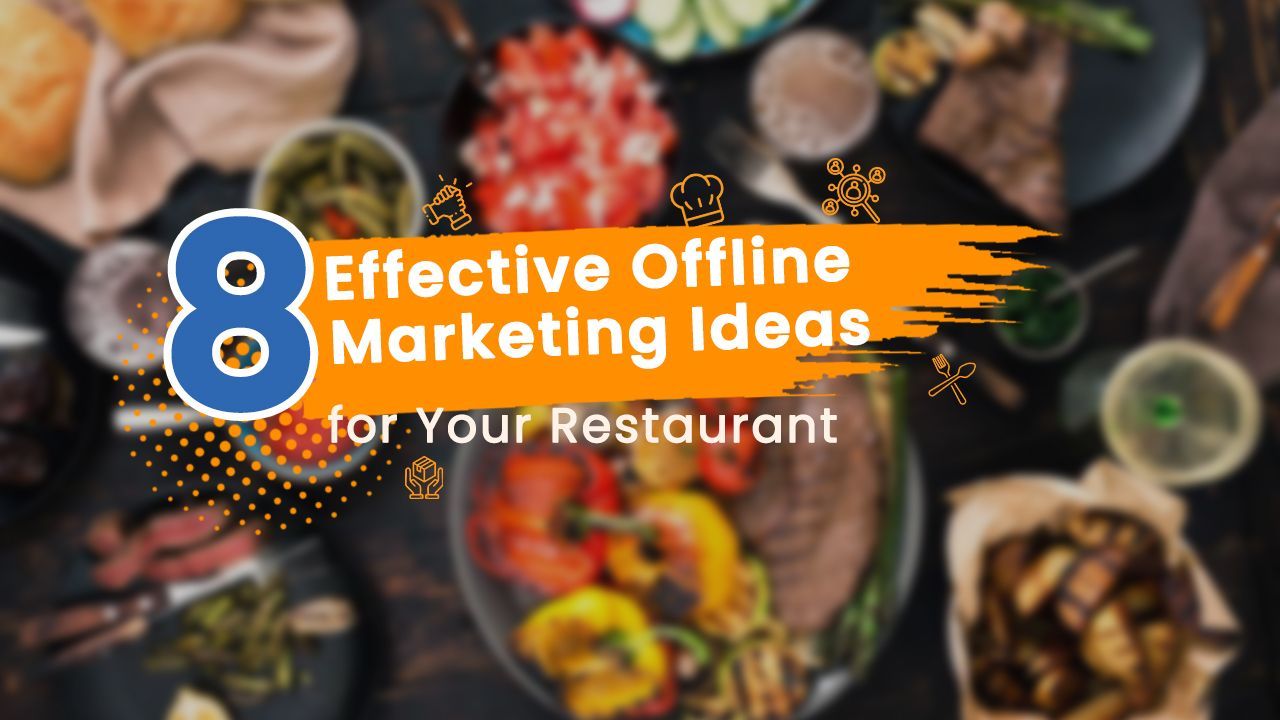How to create a winning restaurant marketing plan: Step-by-Step guide

Have you heard about these 10 awesome steps that can totally crush it for your restaurant marketing plan?
It's true, by following these steps you can easily dominate the competition and attract more customers to your eatery.
So why not give it a shot and see the results for yourself?
And every restaurant, regardless of size, can benefit from a given restaurant marketing plan.
Let's break this down step-by-step to make sure we don't miss a beat. We definitely don't want to risk losing out on the chance to win big with our restaurant marketing plan!
So, let's take it one step at a time and make sure we cover all our bases.
Step 1: Define Your Target Audience
The first step in creating a winning restaurant marketing plan is to define your target audience. Who are you trying to reach with your marketing efforts? Are you targeting millennials, families, or business professionals? Understanding your target audience will help you tailor your marketing messages and strategies to their specific needs and preferences.
Step 2: Develop Your Unique Selling Proposition (USP)
What makes your restaurant stand out from the rest? Your USP is what sets you apart and makes you unique. It could be your signature dish, your exceptional service, or your welcoming atmosphere. Whatever it is, make sure you highlight it in your marketing efforts.
Step 3: Set Your Marketing Goals
Once you have defined your target audience & USP, the next step is to set your marketing goals. What do you want to achieve with your marketing efforts? Do you want to increase foot traffic to your restaurant, boost online orders, or promote a new menu item? Setting clear and specific marketing goals will help you measure the success of your marketing campaigns and make adjustments as needed.
Step 4: Conduct a SWOT Analysis
A SWOT analysis is a great way to evaluate your restaurant's strengths, weaknesses, opportunities, and threats. By conducting a SWOT analysis, you can identify areas where your restaurant is excelling and areas where you need to improve. This information will help you develop a marketing plan that takes advantage of your strengths and addresses your weaknesses.
Step 5: Develop Your Marketing Strategy
With your target audience, USP, marketing goals, and SWOT analysis in mind, it's time to develop your marketing strategy. Your marketing strategy should include a mix of online and offline tactics, such as social media marketing, email marketing, influencer marketing, local advertising, and community outreach. You should also consider leveraging US restaurant technology solutions to streamline your marketing efforts and reach a wider audience.
Step 6: Create a Marketing Budget
Creating a marketing budget is an essential part of any restaurant marketing plan. Your budget should be based on your marketing goals and strategies and should include costs such as advertising fees, marketing software subscriptions, and graphic design services. Keep in mind that investing in US restaurant technology solutions can help you reduce marketing costs in the long run.
Step 7: Choose Your Marketing Channels
Now that you have a budget in place, it's time to choose your marketing channels. Social media is a great place to start, as it allows you to reach a wide audience for free. You can also consider paid advertising on social media platforms like Facebook and Instagram. Email marketing is another effective way to reach your target audience, and it's relatively inexpensive. Finally, SEO can help your restaurant appear at the top of search engine results pages when people search for keywords related to your restaurant.
Step 8: Create a Content Calendar
Consistency is key when it comes to marketing your restaurant. Create a content calendar to help you plan out your marketing efforts and ensure that you're consistently posting and engaging with your audience. Your content calendar should include a mix of promotional posts, educational content, and engaging visuals.
Step 9: Partner with local businesses
Collaborating with other local businesses, such as hotels, theaters, or event venues, can help increase visibility and attract new customers. Offer special promotions for their customers or create a partnership that mutually benefits both businesses.
Step 10: Monitor and Analyze Your Results
Finally, it's important to monitor and analyze your marketing efforts to see what's working and what's not. Use analytics tools to track your website traffic, social media engagement, and email open rates. Use this data to refine your marketing efforts and make sure you're getting the best return on your investment.
So, don't waste any more time!!
Follow these 10 killer steps to rev up your restaurant marketing game and watch the magic unfold.
You'll see a significant difference in the number of customers flocking to your eatery in no time.
